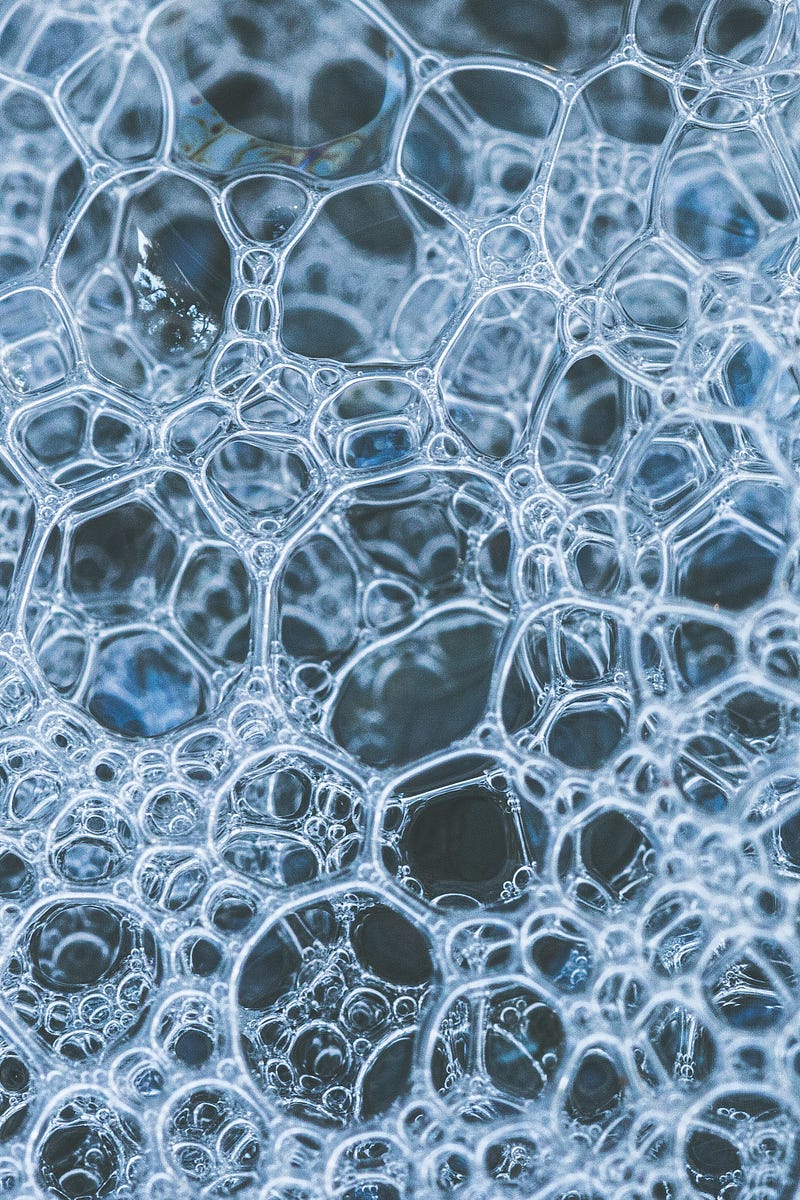Exploring the Science Behind Soap Bubbles and Their Lifespan
Written on
Chapter 1: The Ephemeral Nature of Foams
Foams, particularly those created from liquids, are often short-lived phenomena. While this may seem trivial, the underlying reasons for their collapse are not fully understood. This knowledge is crucial for various applications, such as ensuring fire-fighting foams remain effective and addressing toxic foams in marine environments. Additionally, understanding foams is essential for achieving that perfect rise in baking.
To investigate this, a group of Japanese researchers utilized high-speed video microscopy to closely observe the formation and collapse of bubbles. They conducted experiments by trapping bubbles between two thin, transparent films and meticulously recorded their behaviors.
As the process begins, the bursting of a single bubble initiates a cascading effect. The bubble collapses into a minuscule droplet that, propelled by the energy stored within the bubble, darts out like a projectile. This droplet collides with other bubbles, leading to the formation of additional droplets, resulting in a chaotic scenario of bubble destruction.
Section 1.1: The Mechanics of Bubble Bursting
But what triggers the first bubble to burst? The answer is rather complex. At a certain point, a thin crack emerges on the film's surface and begins to retract towards the edge. During this phase, the exposed edge of the film becomes unstable and wobbly, referred to as the Released Vertical Plateau Border (RVPB). This term describes the bubble's edge from the moment it cracks until just before it bursts.
The instability of the RVPB causes water to gather, giving rise to the destructive droplet. Interestingly, observations revealed that the RVPB tends to change shape as it moves.
Subsection 1.1.1: Enhancing Bubble Longevity

In a subsequent experiment, the researchers substituted laboratory reagents with a common household detergent, which resulted in the creation of a more durable foam. Although there was still some liquid accumulation within the RVPBs, the amount was significantly reduced compared to previous trials. The detergent also enhanced the elasticity of the film, making it much less likely for multiple cracks to occur simultaneously.
Section 1.2: Insights Gained from Advanced Microscopy
Through the use of complex microscopy techniques, valuable insights into the mechanics of bubble bursting have been acquired. This knowledge not only broadens our understanding of foams but also opens avenues for practical applications in various fields.
Chapter 2: Practical Applications and Visual Demonstrations
The first video titled "Making Bubbles that are Unpoppable!" delves into innovative techniques and experiments to create bubbles that resist popping, demonstrating the fascinating properties of foams.
In the second video, "How to Make Bubbles That Don't Pop Quickly," viewers can learn methods to extend the lifespan of bubbles through simple yet effective practices.